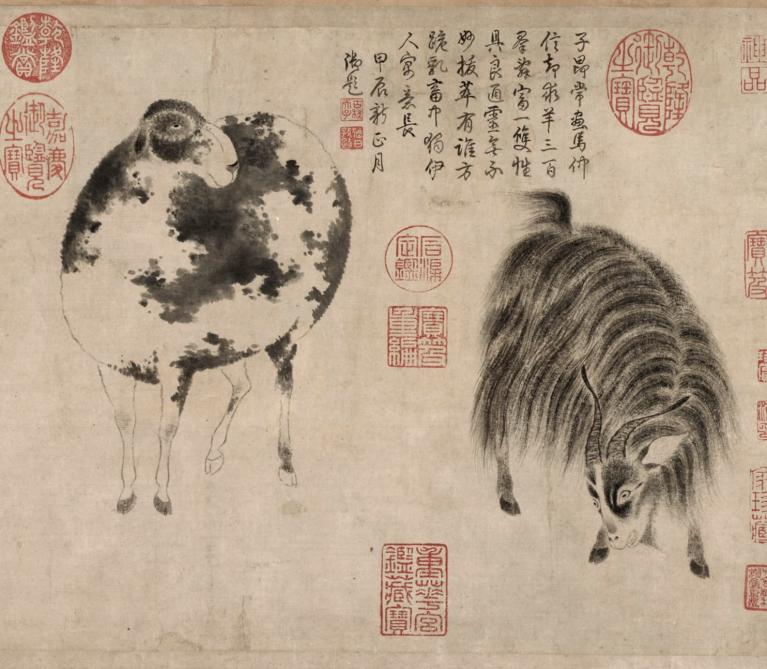Colloquia
2007–2008 Graduate Student Symposium in East Asian Art
Throughout history artists have created works as a form of opposition, whether to a dominant political order or to familiar social mores and conventions. This polemical mode of conceiving and interpreting art continues: artists frequently present their own work as a challenge to the status quo, while scholars and critics of contemporary art reinforce the notion that for art to be relevant it must at some level present a critique of prevailing habits and attitudes. For art historians, the concept of art as a form of protest or a challenge to established convention remains a frequent point of departure for research, particularly in relation to certain artists or in the study of specific historical junctures. The means by which artists convey opposition may be subtle or explicit; likewise, the targets of artists’ opposition range widely, from the commonly-accepted ways by which art is created, disseminated, and understood, to widely-acknowledged political and social ills. This symposium aims to explore the long-standing notion of art as opposition, and to examine its implications for the study of East Asian art.
Symposium Program
Saturday, 16 February 2008
101 McCormick Hall
Princeton University
Registration and Coffee
8:30–9:30 a.m.
Morning Session
9:30 a.m.–12:30 p.m.
Welcome and Introduction
Greg Seiffert
Princeton University
Keynote Lecture:
The Commodification of Chinese Dissent for the Global Marketplace
Richard Curt Kraus
Professor of Political Science, University of Oregon
To Serve the Government or Not: The Art of Contrast in Song Paintings
Bo Liu
University of Michigan
Lovers in the Rice Field: Reexamining Social Opposition in a Harunobu Print
Shalmit Bejarano
University of Pittsburgh
What Does a Landscape Photograph Tell? A Chinese Photographer Sha Fei’s Political Photographs in the 1930s
Eliza Ho
Ohio State University
Discussion
Afternoon Session
2:00–5:30 p.m.
A War Painter: A Militarist? Or A Pacifist?—Fujita Tsuguharu and His Changing Persona
Asato Ikeda
Carleton University
Art as Opposition: The Development of Chinese Literati Painting in Taiwan during the Cold War Era (1950–1970)
Chiu Lin-ting
National Taiwan University
The Juxtaposition of Tradition and Modernity: China’s Dual Identities Presented in Urban Architecture
Yiran Zheng
University of Arizona
Violence Unseen: Zhi Lin’s Depiction of Suffering and Spectacle
Greg Seiffert
Princeton University
Discussion
